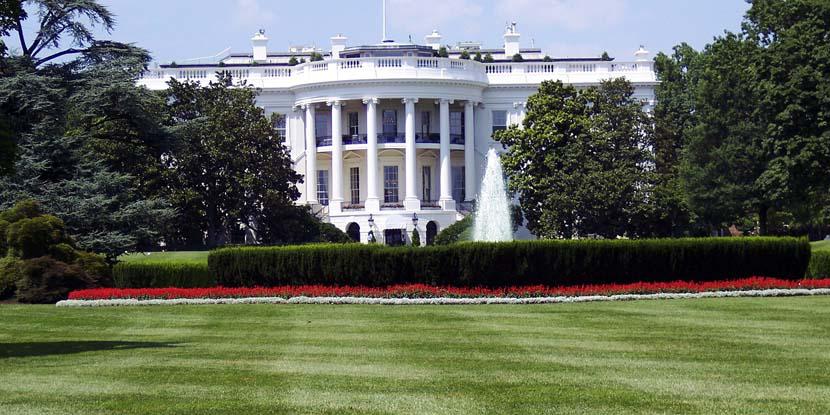Is Your Agency Cyber EO-ready?
Spanning from the policies circulating through Congress to initiatives set forth by the Trump administration, it’s clear that the federal government has big changes in store when it comes to integrating new forms of innovative technology.
As the federal IT landscape progresses through this digital transformation, one of the most substantial IT agenda items put forth by President Trump so far is the Cybersecurity Executive Order (EO). Issued on May 11, the cyber EO aims to not only hold federal leaders more accountable for their cybersecurity practices, but it also requires agency heads to establish a clear-cut strategy for modernizing and consolidating the abundance of IT networks.
With ongoing cyber EO deadlines looming in the coming months, federal leaders must compile succinct reports of legal, policy and budgetary data for the American Technology Council to review. Since the end goal of the cyber EO is to produce a greater return on investment and enhance the government’s cybersecurity posture, agency heads are also tasked with mapping out the feasibility, cost effectiveness and projected timelines for minimizing their existing network architecture.
More and more federal agencies are recognizing the challenges associated with their legacy networks.
So the question remains, is your agency cyber EO-ready? To ensure agencies are aptly prepared for the upcoming cyber EO deadlines, the following strategies can help federal leaders tackle their greatest network challenges and also provide a clear-cut path toward consolidating their overall network architecture.
Prioritizing the Network First and Foremost
With legislation like the Modernizing Government Technology (MGT) Act making its way through Congress, the federal government is gaining bipartisan support to transform its digital infrastructure from the inside out. More IT leaders are migrating to the cloud while also adopting other forms of cutting-edge technology. However, before they can make these hefty IT upgrades, the cyber EO suggests that they first focus on retrofitting their networks.
According to a report from the U.S. Government Accountability Office, agencies use up to 75 percent of their federal IT budgets on operation and maintenance costs, which keeps legacy operating systems and outdated hardware merely functioning at a basic level. Legacy IT is one of the biggest catalysts for mayhem across federal networks, whether it’s increased latency or less visibility.
As a result, the cyber EO positions legacy systems as one of the federal government’s greatest known IT vulnerabilities, mainly because they often lack the capabilities needed to operate at high speeds and detect suspicious activity.
Therefore, the time has come—federal networks cannot continue playing second fiddle to next-generation technology—network modernization and optimization must be a top IT objective, rather than an afterthought.
Unveiling Shadow IT and Suspicious Activity
This is an interesting time for federal IT because agency leaders are embracing innovative solutions uncharacteristically fast. Due to prolonged wait-times for certifying new technology, federal agencies have opted to deviate from standard procurement procedures in order to embrace IT systems more quickly.
Unfortunately, because so-called shadow IT systems are not authorized to access and live on federal networks, this can pose serious cyber risks for federal agencies using legacy architecture. Outdated systems simply lack the intelligence and visibility to clearly identify all activity occurring on the network.
When federal IT teams can’t see what’s happening across their network, it greatly inhibits their ability to quickly identify suspicious activity from both insider and external threats. Consequently, they become more prone to experiencing cyber attacks and data breaches, which are unacceptable when stakes are high and sensitive data is at risk.
By optimizing networks, IT professionals will be able to seamlessly uncover large, unauthorized data dumps, in addition to peculiar traffic patterns and movements across the network at rapid speeds. In turn, optimized networks can enable federal agencies to mitigate and potentially prevent cyber attacks.
Achieving Holistic Visibility
Network optimization is critical to attaining greater visibility, but how exactly can this be achieved? The solution is simple—modernization.
Cutting-edge IT solutions enable agencies to make the necessary updates to optimize and consolidate their network infrastructure. Additionally, modern IT systems provide federal agencies the speedy, resilient networks they need to monitor all applications and systems living on their network.
While the reporting deadline this season is just one of several due dates included in the cyber EO, it’s imperative that federal agencies begin mapping out ways to update their networks. By putting network modernization first and leveraging innovative tools, federal agencies will not only bolster their security posture, but also meet the core mission requirements of the cyber EO for years to come.
Davis Johnson is the vice president of Public Sector, Riverbed Technology.





Comments